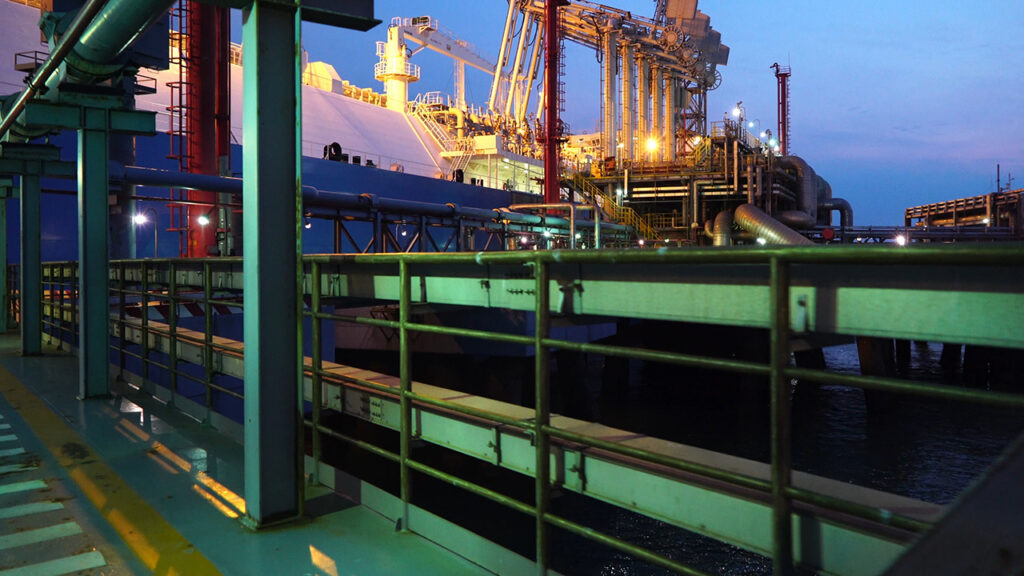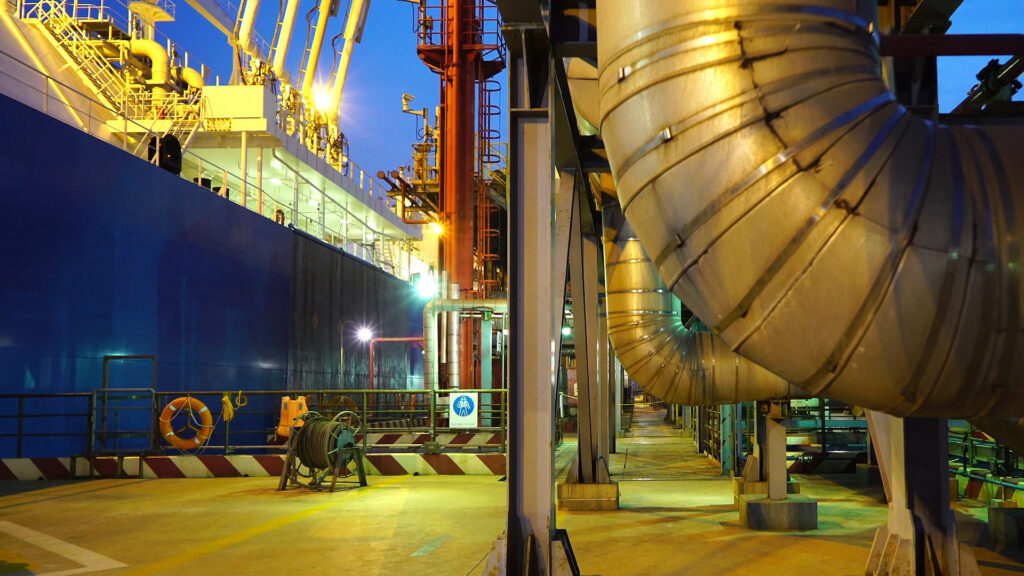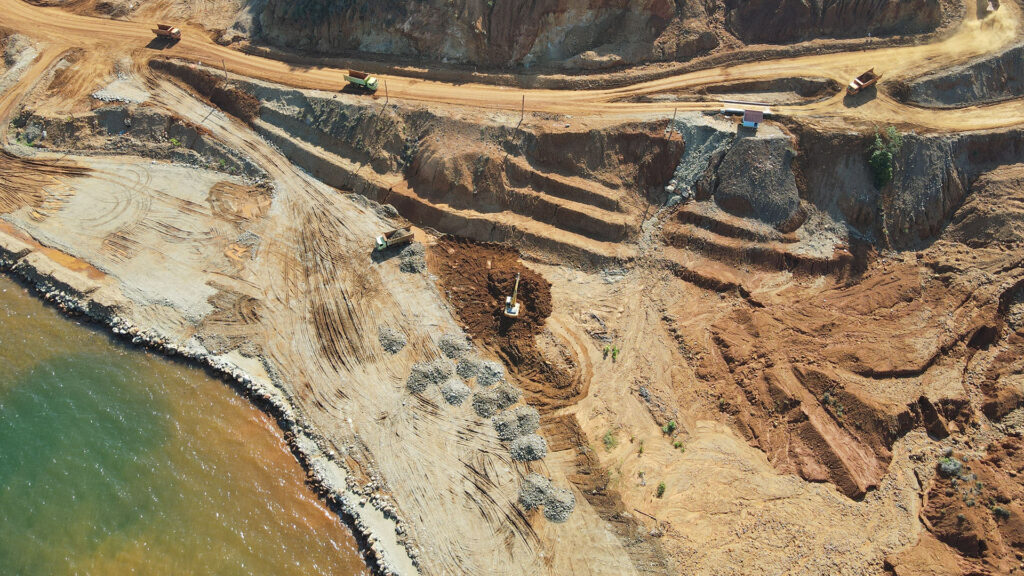Can root cause analysis reports and witness statements be protected from discovery? March 2017
In our experience, more and more safety conscious businesses have established written policies and procedures that require an investigation and analysis of the root causes of an incident involving personal injury or property damage. Incidents occurring in connection with business operations, that are not caused by uncontrollable factors such as tropical storms, are generally considered to be the consequence of human errors. In addition to work stoppages or delays and the associated economic losses, damage to safety records, and potential loss of prospective business opportunities, on-the-job incidents often lead to permanent life-changing disabling injuries or loss of life for which the company could face civil liability.
Many responsible employers therefore require an investigation to determine the sequence of events leading up to an incident, and to identify the underlying causes of the incident (including, but not limited to, violations of published safety rules and regulations). The procedure for the investigation often involves interviews of those involved in the incident, witnesses to the incident, and the supervisory personnel responsible for overseeing the work. Root cause analysis investigations often include the recording of measurements, and the photographing or videotaping of the scene of an incident. The goal of the investigation is to identify the root causes of the incident in order that recommendations can be made as to how management can improve safety to eliminate or minimize risks and prevent the same or similar incident from occurring again.
In order for root cause analysis investigations to accomplish the goal of improving safety, the investigation report often identifies a company’s safety violations in great detail. A root cause analysis report in the hands of an injured party’s lawyer can be a roadmap to successful pursuit of a personal injury lawsuit, and a large monetary settlement or jury verdict. Whether a root cause analysis report is discoverable by a plaintiff in a civil lawsuit depends on the specific facts and circumstances of that investigation. The same cannot be said for witness statements or the raw data collected during an investigation, such as measurements and photographs.
Anticipation of litigation
In the landmark case of National Tank Co. v. Brotherton1, the Texas Supreme Court was asked to determine whether accident reports and witness statements, prepared by National Tank Co. and its insurer following a plant explosion, were privileged from discovery. The Court held that, under then existing Rule2 of the Texas Rules of Civil Procedure (since repealed), witness statements and investigative reports were protected from discovery if they were “made subsequent to the occurrence or transaction upon which the suit is based and in connection with the prosecution, investigation, or defense of the particular suit, or in anticipation of the prosecution or defense of the claims made a part of the pending litigation….”
An investigation is conducted in anticipation of litigation if it meets the two-prong test of Flores v. Fourth Court of Appeals3, “which includes both an objective prong and a subjective prong.” The Texas Supreme Court explained that an investigation is conducted in anticipation of litigation if (1) “a reasonable person would have concluded from the totality of the circumstances surrounding the investigation that there was a substantial chance that litigation would ensue” (the objective prong); and (2) “the party resisting discovery believed in good faith that there was a substantial chance that litigation would ensue and conducted the investigation for the purpose of preparing for such litigation” (the subjective prong). A “substantial chance of litigation” does not “refer to any particular statistical probability that litigation will occur” but “simply means that litigation is more than merely an abstract possibility or unwarranted fear.” The Texas Supreme Court rejected the proposition “that the circumstances surrounding an accident can never by themselves be sufficient to trigger the privilege.” “If a reasonable person would conclude from the severity of the accident and the other circumstances surrounding it that there was a substantial chance that litigation would ensue, then the objective prong … is satisfied.” “It is not necessary that litigation be threatened or imminent, as long as the prospect of litigation is identifiable because of claims that have already arisen.” Nor is it necessary for the plaintiff to have manifested an intent to sue.
The Texas Supreme Court further stated that the subjective prong does not require the investigating party to be absolutely convinced that litigation will occur; it requires only a good faith belief that there is a substantial chance that litigation will ensue. Current Rule 192.5 of the Texas Rules of Civil Procedure does not require that the sole or primary purpose of the investigative material or communication be preparation for litigation, in order to satisfy the subjective prong. The work product privilege extends both to documents actually created by the attorney and to memoranda, reports, notes, or summaries prepared by other individuals for the attorney’s use. Texas appellate courts have found accident investigation reports to be protected work product when it is clear that they were prepared in anticipation of litigation.
A personal injury plaintiff’s counter-argument to a defendant’s assertion of privilege based upon the anticipation of litigation, is often that the investigation was not performed with litigation in mind, but as an ordinary procedure in the course of business by a company that routinely investigates serious accidents, as evidenced by the company’s published policies and procedures. However as the Brotherton Court stated, “there should be no bright-line ordinary course of business exception. It may very well be that a party routinely investigates serious accidents because such accidents routinely give rise to litigation.” If a party routinely investigates accidents because of litigation and non-litigation reasons, the court should determine the primary motivating purpose underlying the ordinary business practice.
Even if a root cause analysis report and related documents are work product, they might be discoverable pursuant to Rule 192.5(b)(2) of the Texas Rules of Civil Procedure, which provides that non-core work product (core work product is the work product of an attorney or an attorney’s representative that contains the attorney’s or the attorney’s representative’s mental impressions, opinions, conclusions, or legal theories) is discoverable upon a showing that the party seeking discovery has substantial need of the materials in the preparation of the party’s case and that the party is unable without undue hardship to obtain the substantial equivalent of the material by other means. However, a party seeking to obtain documents through this exception bears a heavy burden to prove its applicability. In re Bexar Cnty. Criminal Dist. Attorney’s Office4. As the Texas Supreme Court has stated, improving a civil litigant’s odds of winning is not enough; substantial need is not merely substantial desire.
The raw data from a root cause investigation (e.g. photographs of the accident scene taken shortly after the accident) is not privileged. The Texas Supreme Court has held that a party cannot shield its employees who have knowledge of facts relevant to a case from the discovery process simply by designating them as consulting-only experts. The identity, mental impressions, and opinions of a purely consulting expert whose mental impressions and opinions have not been reviewed by a testifying expert are not discoverable. If employees obtain factual information relevant to a case simply by virtue of their employment as employees, rather than as consulting experts, that information is discoverable. While the identity, mental impressions, and opinions of a purely consulting expert are not discoverable, the facts known first-hand to the consulting expert are discoverable.
Rules 194.2(i) and 192.3(h) of the Texas Rules of Civil Procedure require a party to a lawsuit to produce any and all witness statements, which are defined as (1) a written statement signed or otherwise adopted or approved in writing by the person making it, or (2) a stenographic, mechanical, electrical, or other type of recording of a witness’s oral statement, or any substantially verbatim transcription of such a recording. Notes taken by a lawyer during a conversation or interview with a witness are not a witness statement.
In In re Fairway Methanol LLC5, the plaintiff was employed by Celanese as an electrician at its facility. He was injured when he tripped on an angled iron that was protruding from the floor and fell into charged electrical equipment, carrying 15,000 volts of electricity. Fairway was a separate joint venturer that was producing methanol at Celanese’s facility. Fairway and Celanese were asked by the plaintiff to produce “[a]ny and all incident, accident and/or investigation reports made or filed by you regarding the Occurrence made the basis of this lawsuit, any and all statements related to this Occurrence and all documents related to any interviews conducted by you.” Although Celanese produced tens of thousands of pages of documents, including the photographs that were available to the investigative team, it withheld the root cause analysis report. Fairway disclosed all of the individuals that had firsthand knowledge of the accident and other relevant factual matters in the case, and the plaintiff had the opportunity to depose the persons with direct personal knowledge of the events, who were available to the investigative team. Celanese also produced documents showing the subsequent remedial measures that were undertaken as a result of the accident.
Celanese asserted that because of the circumstances surrounding the accident and the severe nature of the plaintiff’s injuries, it believed that there was a substantial likelihood that the plaintiff would bring personal injury and workers’ compensation claims against Celanese and its related companies. Celanese’s in-house attorney requested that an investigative team provide the Celanese Law Department with the information needed to assess potential liability in potential litigation and to begin strategizing legal theories and defenses to any claims raised in anticipated legal or regulatory proceedings. According to Celanese’s in-house counsel, the primary purpose for the investigation and creation of documents and communications therefrom was to aid Celanese in preparing to defend itself in anticipated litigation. As a secondary concern, the information communicated from the investigative team to the legal department was necessary for the legal department to provide Celanese with business and legal advice with respect to the potential termination of employees involved in the accident. The investigative team members were immediately informed that the investigation was for the purpose of assisting counsel and that all communications and documents generated during their investigation must be kept confidential and marked as “Privileged and Confidential” or “Attorney–Client Privilege—Attorney Work Product.” Celanese’s in-house counsel executed an affidavit stating that “[n]ormally the Celanese legal department does not oversee incident investigations; however, given the circumstances and severity of [plaintiff’s] injuries, as soon as the Celanese legal department was notified of the accident, we believed that there was a substantial chance that litigation would result from the accident. In particular, based on our prior experience, we believed that there was a substantial chance that [plaintiff] would bring worker’s compensation and personal injury claims and/or that Celanese would be brought into adversarial regulatory proceedings with OSHA.”
The plaintiff argued, among other things, that for the communications at issue to be protected by the attorney-client privilege, they “must be for the primary purpose of soliciting legal, rather than business advice,” and the primary purpose of the communications at issue was not to facilitate legal services, but to prevent future accidents and improve safety policies and procedures. The plaintiff also argued that Celanese did not prove that the investigation team was under the supervision of Celanese’s counsel. The trial court judge ordered Fairway and Celanese to produce all documents responsive to the plaintiff’s request.
Fairway and Celanese sought relief from the trial judge’s order from the Court of Appeals. The Court of Appeals found:
- That no Texas authority supported plaintiff’s contention that the communications must have been made for the primary purpose of soliciting legal, rather than business advice.
- The affidavit of Celanese’s in-house counsel was sufficient to make a prima facie showing that the withheld documents were protected by the work product privilege, and that the content of the documents and communications indicated that their purpose was to facilitate legal services and/or prepare for litigation.
- The investigative team conducted interviews and site inspections and communicated their findings to the Celanese Law Department, including a root cause analysis, which was necessary for the Celanese Law Department to evaluate liability and begin developing a strategy for defending Celanese in likely impending civil and regulatory litigation.
- Plaintiff did not show that he was unable, without undue hardship, to obtain the substantial equivalent of Celanese’s non-core work product by other means.
- The trial court clearly abused its discretion by ordering the production of the documents.
A self-critical root cause analysis report can be used to by an injured party’s lawyer to argue that the target defendant company investigated the injury-causing incident, and found itself responsible for safety violations that caused the alleged injuries. In cases where there is a severe or catastrophic injury, and it is readily apparent that litigation will ensue, consideration should be given to retaining outside counsel (an email documenting the initial retention of counsel is recommended), or utilizing in-house counsel, to place all members of the root cause analysis investigation team on notice prior to initiating an investigation, that any such investigation of the casualty incident will be for the purpose of evaluating liability, and beginning to develop a strategy for defending likely civil and regulatory litigation. When obtaining witness statements, consideration should be given to having the witnesses factually state what each observed, and refrain from recording opinions as to fault or causation. Although the data collected, including all witness statements, will be discoverable, the company’s analysis of the incident and the conclusions it draws might be protected by privilege and non-discoverable.
Footnotes
- National Tank Co. v. Brotherton, 851 S.W.2d 193 (Tex. 1993)
- Rule 166b(3)(c)
- Flores v. Fourth Court of Appeals, 777 S.W.2d 38, 40–41 (Tex. 1989)
- In re Bexar Cnty. Criminal Dist. Attorney’s Office, 224 S.W.3d 182, 187–88 (Tex. 2007).
- In re Fairway Methanol LLC, No. 14-16-00884-CV, 2017 WL 422006, (Tex.App.—Houston [14th Dist.] Jan. 31, 2017),
Download a PDF version of ‘Can root cause analysis reports and witness statements be protected from discovery? March 2017’







